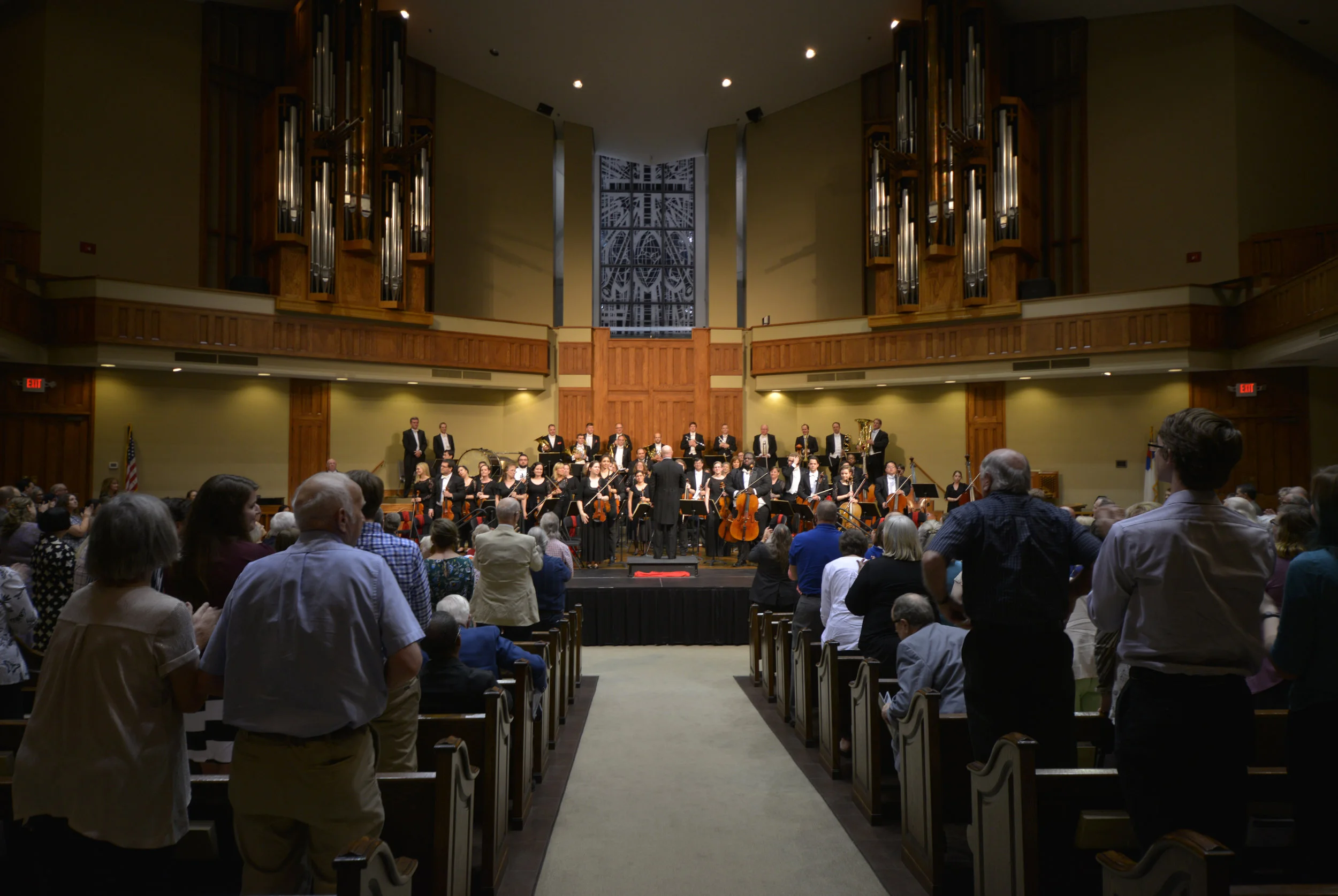Jackson Beautiful: The Carnegie
Buildings, like last time with the Greyhound Station, are the expression of ideas that find a place in the imagination or consciousness of a culture. American and European culture in the early decades of the twentieth century were fascinated by the concept of speed. In the lifespan of the of a single person men went from moving at the speed of a horse to being able to leap over oceans in the space of hours. The concept of speed and movement and exaggerations of streamlining to emphasize and accentuate this pervasive idea came to dominate the designing landscape, even buildings, and it is in their faithfulness to and truthfulness in expressing these ideas that buildings become truly beautiful. They are arrest us. Stopping us, and demanding of us a judgement or verdict either to affirm the or repudiate the idea for which they stand.
“The concept of speed and movement and exaggerations of streamlining to emphasize and accentuate this pervasive idea came to dominate the designing landscape, even buildings, and it is in their faithfulness to and truthfulness in expressing these ideas that buildings become truly beautiful. They are arrest us. Stopping us, and demanding of us a judgement or verdict either to affirm the or repudiate the idea for which they stand.”
And this is why some buildings are better than others. They either are more faithful to the idea they represents than others or the quality and importance of their central idea is superior or more important. This recognition of a hierarchy of importance with ideas to a time or culture is important to acknowledge and affirm, because buildings can represent more than just the ideas and thoughts that are popular and influencing culture in that moment. They can also do something much more interesting and important, because, as intriguing as is to glimpse the thoughts and ideas present in the past through a building, it is much more arresting to take a glimpse at that time's deepest held thoughts and values about itself and its aspirations for itself in a building. Cities, countries, and civilizations have always sought to express the ideas and beliefs most central to their own self-identities. All cultures throughout all times have sought to immortalize these fundamental thoughts and beliefs in permanent monuments.
These buildings are almost always vast (for the time and place) public undertakings often representing evidence of a newfound sense of vitality and purpose in the society. The decades after the American Civil War were such a time. The newfound unity of the country, created through the victory of the North, brought for much of the country a period of economic and industrial growth and prosperity. Jackson benefited from this period as numerous railroads and vast amounts of capital flooded into a city that had been severely damaged and partially burned during the course of the war.
In the aftermath of the war, the country began to display and exercise a newfound confidence in itself and its greater role and influence in world affairs. It is no coincidence that this time period saw the rise of American imperialism and overseas expansion. Now that America had rid itself of its great internal source of contention there seemed little to stand in the way of America’s rise to one of the great world powers, but the consequences of this were not only external but internal as well.
The same decades saw the construction of the first great wave of buildings in American history. The Transcontinental Railroad, Brooklyn Bridge, and the world’s first skyscraper were built, and as much as these captured the culture’s sense of empowerment and unbridled potential—there is nothing that can stand in our way, not the huge expanse of the continent, no river, not even gravity seems to be able to put a limit on what is possible—they do not really get to the heart of America’s most central, fundamental and cherished belief about itself the way a building here in Jackson does.
What might this belief be? This might seem simple, but the belief at the center of the soul of the nation was freedom. Now, like all terms, we need to be certain we understand what we mean by this one, because as simple as word as "freedom" seems, it is tricky to pin down and fix in place. Why, even both sides in the Civil War claimed to be fighting for it. Here though, at the center of the American psyche, it means the freedom of an individual, to be free from the prejudice of birth, and to be judged, and prosper based on his own merits. This sort of individual freedom is only possible in a society governing itself through freely elected officials. This is what almost without question everyone in American history has wanted and desired, to rise as far as talent, ambition, and fate would allow. The fact that this was possible is evidenced by the President who had just guided the nation through the dark days of the Civil War and the man who was to help build in Jackson of this shrine to the American dream.
Both Abraham Lincoln and Andrew Carnegie were born into poverty. Both through talent, prodigious labor, and luck became men of power and wealth. There are few better testaments to the centrality of this definition of freedom found at the heart of America than the lives of these two men, and while it is true they were titans in different fields, they were both unequivocal in acknowledging a common reason for their success. That was the importance of books in their rise, development, and growth.
Both men spent their childhoods in a time and place in which books were extremely rare and therefore valuable, but both were fortunate to find access to these rare commodities. I think it can be hard for us who live in a time and place in which we are so many times are oversaturated in the written word, to imagine and understand the world of others where the ability to read and the availability of things to read was rare. This fact was an assault on that core principle and belief at the heart of the nation. It gave lie to the idea that nation was a meritocracy. How were all men to be equal if all men did not have equal access to knowledge, wisdom, and culture that books give to those who read them?
“How were all men to be equal if all men did not have equal access to knowledge, wisdom, and culture that books give to those who read them?”
Carnegie, after spending five decades amassing one of the great fortunes in the world, dedicated the rest of his life to giving it away, and while there were many causes that received his attention, the one for which he is still most celebrated and remembered is his philanthropic work funding the building of almost 1,700 libraries across the nation fully half the libraries in the entire nation at the time. And the library in Jackson was one of these.
Libraries in West Tennessee were a hard thing to get off the ground. In 1886 the State of Tennessee had chartered the Jackson Free Library Association. But this, like other early libraries, did not open access to anyone in the community but required the payment of dues in order to check out books. In an area with a population of 30,000 there were only 150 dues-paying members. Close to a decade later Dr. Mark Matthews, the minister of the Presbyterian Church in Jackson began a campaign to bring a free public library to Jackson, petitioning both the City Council and Carnegie to help with the project. In accordance with his typical practice, Carnegie offered a donation if the city agreed to buy the land for the library and to provide annual funding for the library. This the city agreed to do in 1899, and Carnegie pledged a donation of $30,000—the equivalent of $850,000 dollars today—although the grant would not be official until 1901. Construction on the library began in in that same year and opened in 1903 with about 6,000 volumes.
When they were designed, although there were no set architectural guidelines, a large number of the Carnegie libraries proved to be strikingly similar and were like cords played on a common theme. The Carnegie library here in Jackson is thankfully no exception and is a perfect example of what would eventually become familiar is towns across the country. Its blending of Greek, Roman, and Renaissance themes highlight the cultural and intellectual influences that America held most sacred. The central doorway reached by a series of stairs is common, symbolizing the elevating effects of learning and knowledge on the individual. Also prominent in Carnegie libraries was the conspicuous placement of lamps or lampposts near the doorway as a nod to the Enlightenment. But the Carnegie libraries were not just about paying tribute the greatness of the past but were revolutionary and thoughtful in the design of their interiors. The interior of the library is designed as a single story and is dominated by a large open domed space. This allowed for the implementation of a revolutionary concept in libraries. It allowed the patrons free access to the books without having to have a librarian retrieve the book for you. It was the common practice in earlier libraries and necessitated the hiring of large staffs of libraries, which of course drove up the cost for cities and communities. In Carnegie Libraries the shelves are all on one level with access to the volumes free to all, and traffic directed around a central desk, so one librarian could manage the entire operation, significantly lowering the cost.
Here then is a building that is a symbol for all we as Americans hold most dear. No longer would knowledge and learning be barred behind a door of wealth or privilege only available to those privileged few. Here all could come and have access to the wisdom of the world. What better way to build a temple to soul of American, the freedom of the individual to realize his full potential, than to house the accumulated writings of the best that man is in a building cloaked Greek and Roman mantle. Even today when it no longer functions as a library, the Carnegie lives on as a museum, exploring and displaying the rich history of the city and region.
Kevin Vailes teaches whatever they ask him at the Augustine School in Jackson, though if he had his choice he would spend his time ruminating on the intricate complexities of the classical world and trying to get his Latin students to study their vocabulary. Kevin grew up in and around Jackson and went to Union University where he met his best friend and wife Elizabeth. They live in the Jackson’s historic LANA neighborhood in a 100+ year-old bungalow with their five children. He believes that stories are what bind us together and cause us to love and care for something, and he hopes that in sharing Jackson’s stories with you, you will fall in love with Jackson and care about it too.
Photography by Kevin Vailes.

































